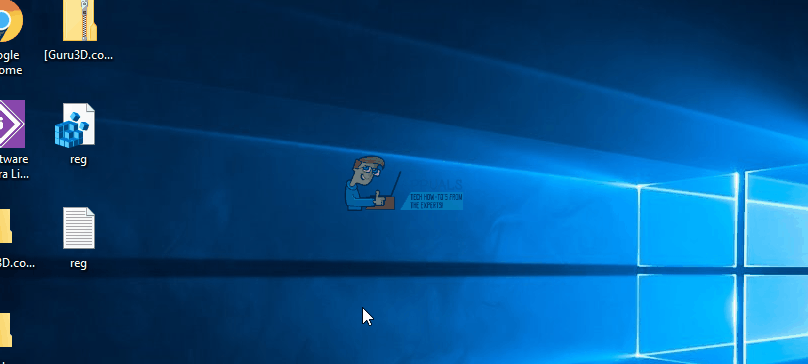‘AdwCleaner to Remove Browser Hijackers and Malwares’ [Guide]
It is normal to see adverts on your web pages whenever you browse the internet. In fact, that is how these sites make money. However, many windows users have been receiving a lot of unwarranted adverts whenever they browse the internet. Numerous ads appear as pop ups and even on new tabs. Some sites, like movie downloading and streaming sites, might have numerous ads embedded into their links, but it is peculiar that sites like Amazon and Wikipedia to throw several ads at the user.
What is an adware?
Marketing sites and developers have found a new way to force adverts to internet browsers via adware. An adware is a software that takes control of what your browser and internet settings such that it is able to display adverts at will. Adware deliver adverts using a virtual layer, which displays third party content on any websites visited as pop-ups.
An example of some notorious adware includes “PC Speed up,” CleverSearch, Wordinator, Flashbeat, OpenCandy and DNS Unlocker. These applications disguise themselves as very useful utilities (e.g. to boost PC speed, or to unlock blocked sites). An example is the ingenious thing that DNS Unlocker does by changing your computer DNS settings. You therefore surf the internet via their servers. This gives them control over what your PC displays on the browsers, letting them send hundreds of ads onto the web pages you open.
All these ads might be potentially harmful and you should not click on them. A higher risk is the fact that DNS Unlocker can collect information include your Internet Protocol (IP) addresses, geographic location, browsing information (visited sites, viewed pages, search queries, browsing history, cache, web beacons, saved passwords, etc.), mouse/keyboard inputs (to record, for instance, credit card details), and so on. This gathered information is sent to the developers’ servers and then shared with third parties. There is a high probability that this collected data will be shared with cyber criminals, thereby causing serious privacy issues or even identity theft. It is for this reason that you should uninstall adware immediately and have anti-spyware to detect them.
How does adware get into your PC?
Adware developers employ a deceptive software marketing method called ‘bundling’ to distribute their application. This type of app is often bundled with free software downloadable on freeware download websites. The shareware and freeware that you download might be able to complete your task, but what it doesn’t tell you during installation is that it will download and install other third party applications in your computer. You might notice changes in your browser settings and new toolbars and add-ons after the freeware and shareware have installed.
What is AdwCleaner?
Adwarecleaner is a free application for Windows-based PCs made by a team of French developers known as Xplode. AdwCleaner searches for and removes adware, browser hijackers and other potentially unwanted programs (PUP) that may have installed themselves on your computer. The application itself is just over 500KB and is probably easier to use than any alternative you’ve ever tried. It works on 32 and 64-bit versions of XP, Vista, 7, 8, 8.1 and 10.
How to install AdwCleaner to scan and remove adware
The software, which is compatible with all desktop versions of Windows, also includes a search function and a mode suppression feature. Here’s how to install and use AdwCleaner.
- Download AdwCleaner from here
- Close all your browsers (since AdwCleaner is going to reset some of its settings and delete some tool bars)
- Double click on the downloaded file to Run adwcleaner.exe. If windows asks you whether you want to install the program, click yes/ok. Let AdwCleaner finish installing
- Right click on the installed program and “Open as administrator”
- Click on the scan button
- When the scan is ready click on the Clean button

Your desktop icons will be disappear, this is normal so don’t be worry about that. This is because adware usually embed themselves into your desktop shortcuts such that they are also launched along with your browsers.
- Press OK when asked to close all programs and follow the onscreen prompts.
- Press OK again to allow AdwCleaner to restart the computer and complete the removal process.
- Read over the log report that launches when the computer is rebooted.
- Launch AdwCleaner again. The application installer, which loads the application, may still be in your Quarantine folder.
- Click on the Tools tab, then Quarantine manager in the drop-down menu that appears.
- Review the list of suspicious items that have been moved by AdwCleaner to There may be some benign items that were flagged as false positives by AdwCleaner and should be moved out of Quarantine.
- Select any items you’d like to move out of Quarantine, then click Restore.
- To permanently delete quarantined files, browse to the Quarantine folder in the AdwCleaner folder on your system: which is usually in “c:/program files” or “c:/program files (x86)” folder or wherever you chose to install it.
- Empty the Recycle Bin.
- Right-click on Quarantine folder, then select Delete.
- To Uninstall AdwCleaner, double click on AdwCleaner.exe to run the tool. Click on Uninstall button, then confirm with yes to remove AdwCleaner from your computer.